News
-
 Science & Society
Science & SocietyWeapon inspection scheme would test for nukes but keep designs secret
Technique borrowed from computer science could improve weapon verification and encourage countries to agree to nuclear disarmament.
By Andrew Grant -
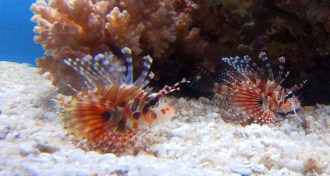 Animals
AnimalsLionfish dance can recruit partner for hunting
Slow but superb predators recruit pals for cooperative hunting, often striking in what looks like well-mannered turn taking.
By Susan Milius -
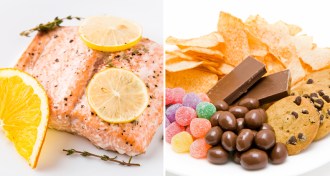 Health & Medicine
Health & MedicineJunk food ahead of pregnancy may harm baby-to-be
Women who have poor diets in the year before conception might have a higher risk of delivering a baby preterm than do women who eat healthful foods
By Nathan Seppa -
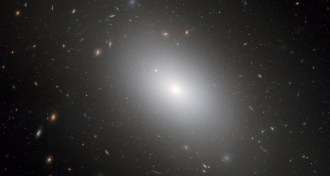 Astronomy
AstronomyGalaxy seed found from 3 billion years after Big Bang
A still-growing core of a galaxy in the early universe may help astronomers understand how massive elliptical galaxies get their start.
-
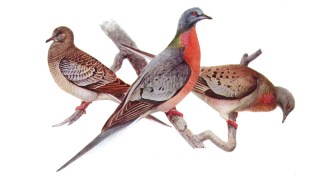 Animals
AnimalsPassenger pigeon population had booms and busts
DNA says the birds recovered from hard times — until people came along.
By Susan Milius -
 Life
LifeAutoimmune diseases stopped in mice
Reprogramming immune cells may offer a way to treat autoimmune diseases without harming the body’s ability to fight infections.
-
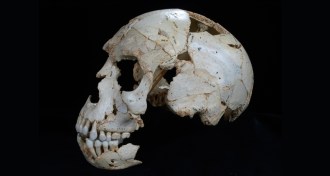 Humans
HumansSkulls reveal Neandertal’s hodge-podge genealogy
A new analysis of ancient hominid skulls reveals a patchy anatomical start of the Neandertal lineage.
-
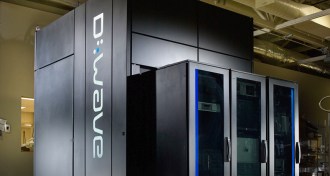 Quantum Physics
Quantum PhysicsCommercial quantum computer fails to impress in new test
Fifteen million dollar D-Wave machine runs no faster than traditional computer in head-to-head challenge.
By Andrew Grant -
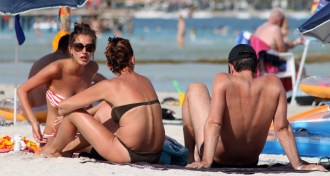 Neuroscience
NeuroscienceSunbathing may boost endorphins in the body and brain
UV light makes mice churn out a molecule that is a cousin of morphine and heroin, a finding that may explain why some people seek out sunshine.
-
 Environment
EnvironmentTriclosan may spoil wastewater treatment
Common antimicrobial could make microbes more drug resistant and less efficient at breaking down sewage sludge in municipal treatment plants.
By Beth Mole -
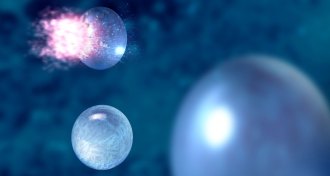 Physics
PhysicsSupercooled liquid water hits record low
Weird supercooled water well below its freezing point viewed with ultrafast laser.
By Andrew Grant -
 Psychology
PsychologyChildren negotiate taking turns surprisingly early in life
Five-year-olds can coordinate decisions with others in a fair way, even when each child has conflicting interests.
By Bruce Bower